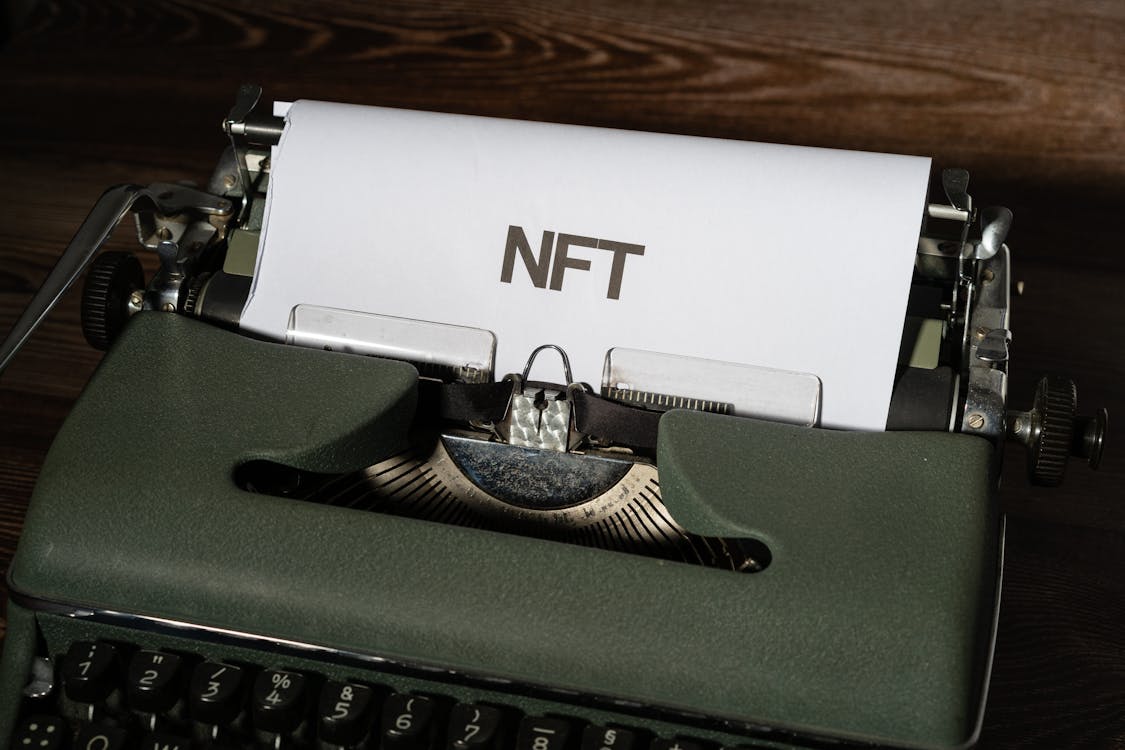NFTs Explained: The Beginner's Guide to Non-Fungible Tokens
In recent years, a new buzzword has taken the digital world by storm: Non-Fungible Tokens, or NFTs. From art to music, collectibles to virtual real estate, NFTs have become a hot topic of conversation. But what exactly are they, and why is everyone talking about them? In this beginner's guide, we'll delve into the world of NFTs, exploring what they are, how they work, and why they've become a revolutionary force in the digital landscape.

What are NFTs?
Non-Fungible Tokens, or NFTs, are unique digital assets that represent ownership of a specific item or piece of content. Unlike cryptocurrencies such as Bitcoin or Ethereum, which are interchangeable and hold the same value, each NFT is one-of-a-kind. This uniqueness is what sets NFTs apart and gives them their value.
How Do NFTs Work?
At the core of NFTs is blockchain technology, the same underlying technology behind cryptocurrencies. However, instead of representing currency, NFTs represent ownership of a digital asset. When an artist, musician, or creator mints an NFT, they are essentially creating a digital certificate of authenticity. This certificate is stored on the blockchain, providing a transparent and secure record of ownership.
Key Features of NFTs:
Uniqueness: Each NFT is one-of-a-kind, making it distinct from any other token.
Indivisibility: NFTs cannot be divided into smaller units. You either own the entire NFT or none of it.
Ownership: Owning an NFT grants you specific rights, such as the ability to sell, trade, or display the digital asset.
Popular Uses of NFTs:
Digital Art: NFTs have revolutionized the art world, allowing artists to tokenize their work and sell it directly to collectors.
Collectibles: From virtual trading cards to rare in-game items, NFTs have created a new market for digital collectibles.
Music and Media: Musicians and content creators are using NFTs to release exclusive albums, songs, videos, and other digital content.
Virtual Real Estate: In virtual worlds and metaverses, NFTs are used to buy and sell virtual land, properties, and spaces.
Benefits of NFTs:
Ownership and Authenticity: NFTs provide a clear and verifiable record of ownership, reducing the risk of fraud or counterfeit.
Direct Creator-to-Consumer Sales: NFTs enable creators to sell their work directly to fans and collectors, bypassing traditional intermediaries.
Global Accessibility: Anyone with an internet connection can participate in the NFT market, opening up new opportunities for creators and buyers worldwide.
Considerations Before Investing in NFTs:
Research: Understand the project behind the NFT, the creator, and the market demand for similar assets.
Costs and Fees: Be aware of gas fees (transaction costs) associated with minting, buying, and selling NFTs.
Market Volatility: Like any investment, the value of NFTs can fluctuate, so it's essential to assess your risk tolerance.
In conclusion, Non-Fungible Tokens (NFTs) represent a significant shift in how we perceive and interact with digital assets. Whether you're an artist looking to tokenize your work, a collector seeking unique digital treasures, or simply curious about this evolving space, understanding the basics of NFTs is a valuable step. As the NFT market continues to grow and innovate, staying informed and educated will empower you to navigate this exciting new frontier of digital ownership.So, dive into the world of NFTs, explore the possibilities, and who knows, you might just discover your next prized digital possession!

 Cricket Score Counter
Cricket Score Counter Heads or Tails
Heads or Tails
You have not logged in, please Login to comment.